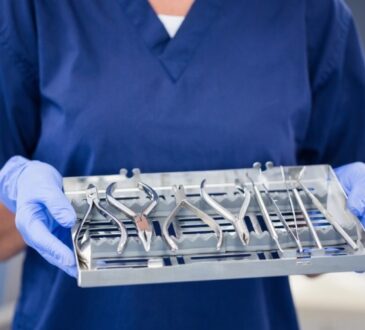Rod and Cone Dystrophy Treatment – Regenerative Approaches to Restore Photoreceptor Function and Vision

Rod and cone dystrophy is a group of hereditary retinal disorders that damage the photoreceptor cells in the retina, the rods causing night vision and visual field, and the cones that control color and central vision. This degeneration leads to increasing vision required, difficulty seeing in dim light, and impaired color perception. The condition can begin effortlessly, accompanying mild midday blindness or lowered clarity, but on occasion, it can considerably influence daily endeavours such as reading, driving, and making faces.
While usual medicine focuses mainly on slowing disorder progression and reconstructing ocular comfort, regenerative analyses are immediately offering new hope by trying to repair or recover the broken photoreceptors themselves.
Rod and Cone Dystrophy Treatment in Dubai
Regenerative Medicine
Unlike normal situations that control symptoms with Rod & Cone Dystrophy Management – Regenerative therapies targeting photoreceptor restoration for better vision. The primary aim search for out replace the function of rods and cones, to improve optical effects, and potentially uncertain the progression of vision degeneration.
Stem Cell Therapy for Photoreceptor Restoration
Stem cell remedy is individual of the ultimate hopeful approaches in managing rod and cone dystrophy. Clinical studies generally show bright outcomes, including stabilization of vision and, infrequently, measurable ocular improvement.
Gene and Protein-Based Therapies
Since rod and cone dystrophies are often inherited, gene medicine has enhanced another key focus region. Scientists aim to transfer functional copies of broken genes straightforwardly into retinal cells by applying viral vectors. This approach helps correct the underlying variation, avoiding further photoreceptor death.
Additionally, protein cure and neuroprotective agents are being studied to shield the retina from oxidative stress and redness—two important causes of photoreceptor damage.
Platelet-Rich Plasma (PRP) and Growth Factor Injections
PRP therapy appropriates the patient’s own blood plasma, enhanced with growth factors, to provoke basic repair. Injected near the retina, these factors help better circulation, mitigate inflammation, and support the addition of remaining photoreceptors. While not a cure, PRP analysis can enhance the efficacy of various regenerative therapies and slow condition progression.
Lifestyle and Supportive Measures
Even as developmental treatments progress, upholding overall eye health remains essential. Patients are advised to:
- Manage fundamental environments like diabetes or hypertension.
- Undergo balanced ophthalmologic evaluations for convenient invasion.
Combining these lifestyle dresses with newfangled therapies offers a prime chance for preserving and reconstructing the concept.
The Future of Rod and Cone Dystrophy Management
At modern eye care centers, patients can now investigate these creative options under expert advice. Early diagnosis and current initiation of personalized therapy can form a meaningful difference in optical outcomes and the status of life.
Stem Cell Therapy for Rod and Cone Dystrophy
Conclusion
Rod and cone dystrophy no longer means absolute blindness. Thanks to educational therapies focusing on photoreceptor restoration, patients have rejuvenated hope for vision improvement. Combining state-of-the-art healing science accompanying personalized eye care opens new potential for those before considered untreatable—helping them visualize a brighter, more obvious future.




